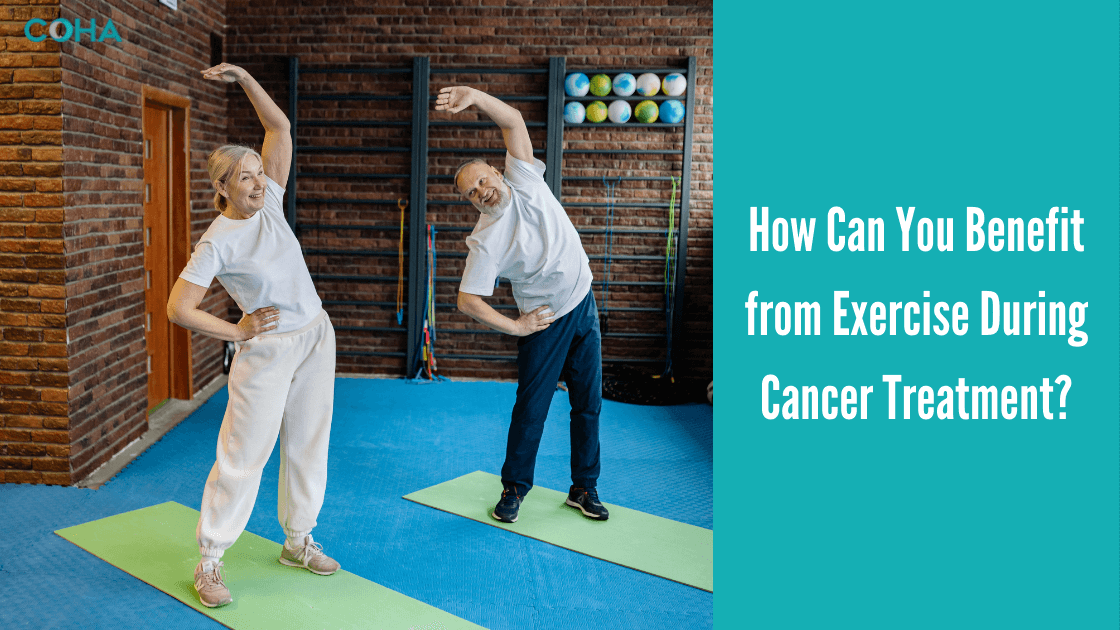


Exercise is deemed as a vital component of cancer treatment, as it enhances physical and mental health. Several studies suggest that exercise can improve the survival rates of cancer patients while slowing down cancer progression and reducing the risk of it recurring.
According to one study, moderate exercise during radiation therapy for prostate and breast cancer can prevent cancer-related fatigue among patients compared to those who do not exercise. Therefore, including an exercise routine in your treatment plan will help you achieve a better quality of life.
You can even exercise during chemotherapy, but you will need to take certain precautions. This article discusses how to exercise safely during cancer treatment.
Though exercise is typically safe during and after cancer treatment, it’s important to assess whether you’re able to exercise and what type of workouts are appropriate for you. Factors to consider are:
Even if you practiced exercises before treatment, it might not be practical to follow the same routine during or after treatment. Therefore, you should discuss with your healthcare provider about the right exercise program for you.
Consider changing your exercise plan based on the side effects you’re experiencing from treatment. For example, if the treatment causes bone loss, avoid workouts that strain your neck and increase your risk of falling.
Follow these guidelines to exercise safely during cancer treatment:
Follow these tips to create a personalized exercise routine that will help you reap the benefits.
According to the CDC, the right workout plan should include 150 minutes of moderate-intensity exercise, 75 minutes of vigorous-intensity workout, or two days of full-body strength training (swimming, yoga, weight lifting, or resistance training) a week.
If you or your loved one are undergoing cancer treatment, then consider collaborating with your doctor to develop a feasible exercise and diet plan based on your specific needs.
Undergoing cancer treatment can be mentally and physically taxing on your body and mind. Developing and following a personalized exercise plan based on your medical condition can positively impact your treatment outcome.
If you are looking for effective and affordable cancer treatment options, contact our medical team at the Chesapeake Oncology Hematology Associates. Along with professional cancer treatment, our oncologists can also recommend lifestyle changes, such as a healthy diet and physical activity to improve your treatment outcome.